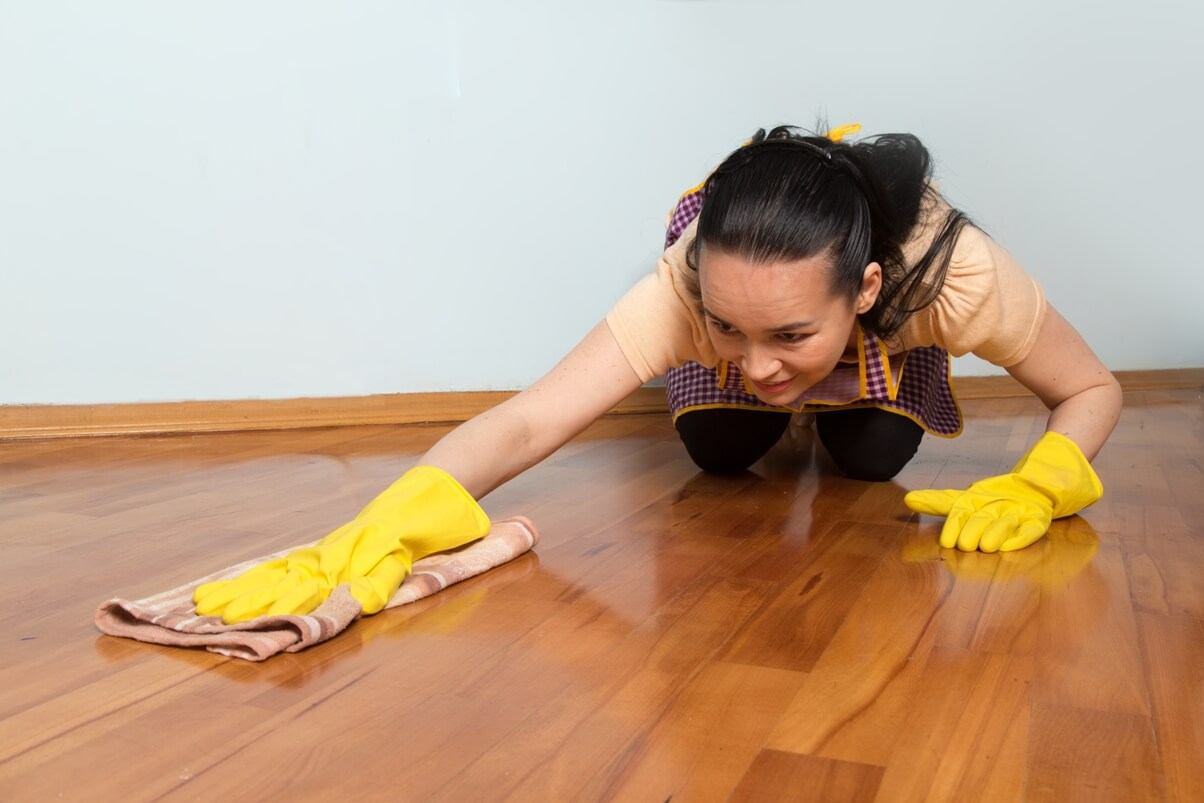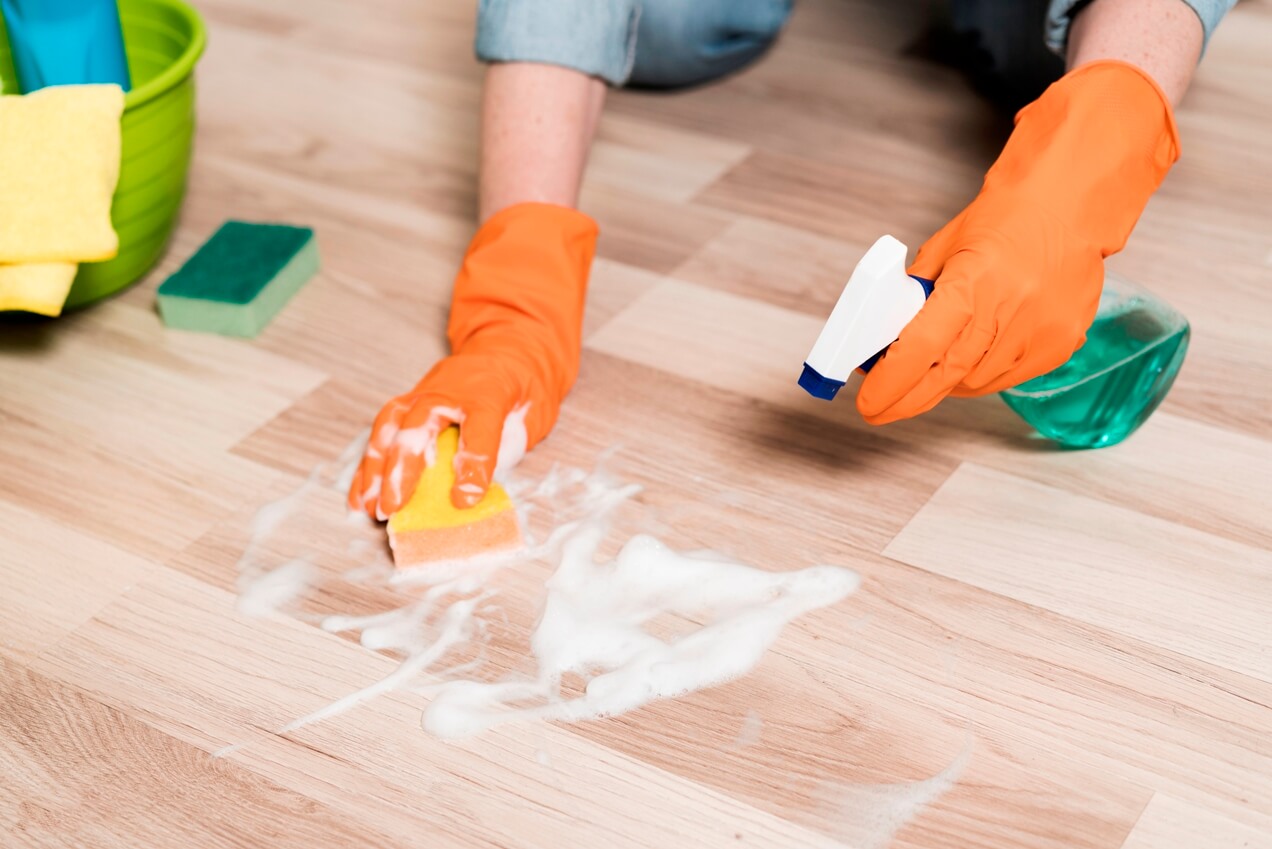Timber floors add a touch of elegance and warmth to our homes, but when faced with flooding, they require immediate attention to prevent irreparable damage. Whether it's due to heavy rain, burst pipes, or a natural disaster, the key to salvaging timber floors lies in a swift and systematic drying process. In this blog, we'll explore the steps and tips recommended by experts to effectively dry timber floors after experiencing flood damage.
Ensure Safety First
Before diving into the restoration process, it's crucial to ensure the safety of your property. Contacting an electrician and plumber should be your first step to rule out any electrical or plumbing hazards. This precautionary measure serves as a fundamental prerequisite to the timber floor drying process.
Clear the Area
Once safety is assured, the next step is to clear the affected area. Remove all furniture, rugs, and other items to facilitate a thorough drying process. Wet items can further damage the timber floor and promote mold growth. A prompt removal of belongings will enable you to address the issue at its core.
Remove Excess Moisture
To expedite the drying process, eliminate as much excess moisture as possible. Employ a vacuum cleaner designed for wet surfaces to suck up standing water. For hard-to-reach areas, utilize a sponge to absorb the moisture effectively. The importance of this step in preventing long-term damage and microbial growth is immense.
Scrub with Disinfectant
Flooding brings not only water but also dirt and debris into your home. Scrubbing the timber floor with a disinfectant is essential to eliminate contaminants and ensure a hygienic environment. It helps to safeguard against potential health hazards and maintain the integrity of the timber floor.
Dry and Dehumidify
After removing excess moisture and cleaning, the focus shifts to drying and dehumidifying the timber floors. Utilise fans, dehumidifiers, and natural ventilation to expedite the drying process. This step is crucial for preventing warping, cupping, and mould growth, which can occur if the timber remains damp for an extended period.
Conduct Necessary Repairs
Once the timber floor is thoroughly dried, assess the extent of the damage and conduct any necessary repairs. Identify warped or loose boards and replace them to restore the floor's structural integrity. Homeowners should address all the repairs promptly to prevent further deterioration and ensure a lasting solution.
Restain or Replace Flooring
In cases where the flood has caused irreversible damage to the timber floor, the final step involves deciding whether to restain or replace the flooring. If the damage is superficial, restaining can breathe new life into the floor. However, if the damage is extensive, replacement might be the more practical solution. This decision should be made after consulting with professionals and considering the overall condition of the timber floor.
Assess Subfloor Moisture Levels
It's not just the surface of the timber floor that requires attention. Check the subfloor for moisture levels as well. High levels of moisture beneath the floor can lead to problems like mould growth and structural issues. Utilise a moisture meter to assess the moisture content of the subfloor. If elevated levels are detected, additional drying measures may be necessary.
Ventilate the Area Effectively
Proper ventilation plays a crucial role in expelling residual moisture and preventing the onset of mould. Open windows and doors to facilitate cross-ventilation, promoting the circulation of fresh air. Additionally, consider using exhaust fans to enhance air circulation. Continuous ventilation is important to support the drying process and maintain a healthy indoor environment.
Apply Anti-Mold Treatment
Mould growth is a common concern after a flood, and preventative measures are key to avoiding long-term issues. Applying an anti-mould treatment on the timber floor can inhibit the growth of mould and mildew. It is recommended by experts to use products specifically designed for wooden surfaces. This step provides an added layer of protection, ensuring the longevity of your timber floor.
Monitor Humidity Levels
Even after the initial drying process, it's essential to monitor humidity levels in the affected area. High humidity can impede the complete drying of the timber floor and contribute to ongoing issues. Use a hygrometer to measure humidity levels regularly. By maintaining the humidity levels between 30% and 50% is ideal for preventing further damage and promoting a healthy indoor environment.
Drying timber floors after a flood is a meticulous process that requires a combination of precautionary measures, prompt action, and thorough cleaning. By following the steps outlined above can significantly increase the chances of salvaging your timber floors and restoring them to their former glory. Remember, time is of the essence when dealing with water damage, so swift and effective action is key to minimizing long-term consequences.








Follow us